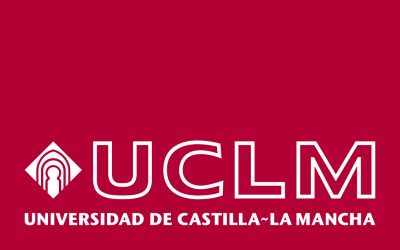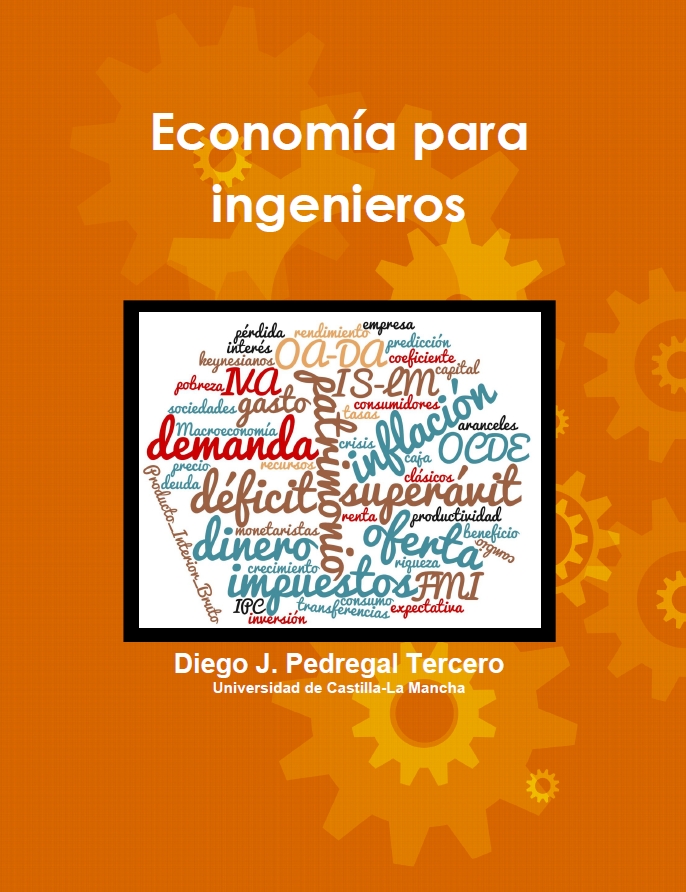I have just arrived from the ISF2016 (International Symposium on Forecasting 2016), that was celebrated at Santander, at the Magadalena Palace. Everybody who has been to this place would agree that it is an outstanding place, in a marvelous location. We had the opportunity to meet some of the world’s leading forecasters, econometricians, time series analysers, …
The organization was superb and did everything in their hands to make the stay as confortable as possible to all the delegates. As a matter of fact, there was also some nice and incredible surprises celebrated by everybody that should be kept secretly. All the attendents would know what I am referring to.
We took advantage to present SSpace, a new toolbox for State Space analysis written in MATLAB. Below you have the abstract of the presentation, and here you have the slides presented. Full documentation may be found at solid-analytics.org, and much more information will come up little by little. Actually, we are improving it by writing all the code in C++ and this will allow us to plug it into many other alternative platforms, at the same time that we will improve speed considerably. Hopefully, a fully operative R version and a journal paper will appear soon.
Please, ask the authors (diego.pedregal@uclm.es and marcos.villegas@uclm.es) about availability and any question you would like.
Abstract: Flexible time series modelling with SSpace.
SSpace is a library for State Space modelling. State Space is in itself a powerful and flexible framework for dynamic system modelling, and SSpace is conceived in a way that try to enhance such flexibility to its maximum. In this sense, the toolbox incorporates a number of powerful features, some of them standard but some others not so standard. Most of them having to do with the algorithmic power of the library, e.g. exact, diffuse or ad-hoc initialisation of recursive algorithms is possible; univariate treatment of multivariate systems is implemented; different objective functions are included, like (concentrated) Maximum Likelihood, forecast errors several steps ahead, etc. The most salient feature of SSpace is that users implement their models by coding a function. In this way, the user has complete flexibility when specifying the systems, having absolute control on parameterisations, constraints among parameters, etc. Besides, the library allows for some ways to implement models in a rather non-standard fashion, like using arbitrary non-linear relations with inputs, transfer functions without using the State Space form, etc. The toolbox may be used on the basis of scratch State Space systems, but is supplied with a number of templates for standard models. A full help system and documentation is provided individually for each function and also in html format. The way the toolbox is conceived allows for extension in many ways, surely some of them the authors have not imagined. In order to fuel such extensions and discussions a forum has been launched. SSpace is being exploited successfully currently in different applications, like transport logistics, traffic casualties, energy forecasting, supply chain forecasting, etc.


